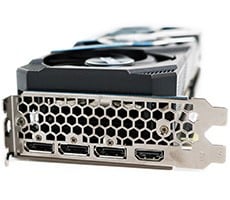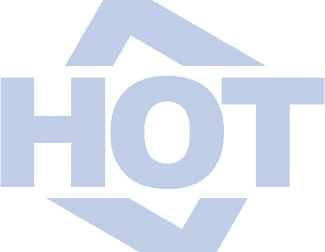Intel X48 Motherboard Round-up: ASUS, ECS, & Intel
Performance Summary: Each of the three motherboards we tested performed similarly in our benchmarks, and we don't think we could pick a winner outright based on performance alone. The ASUS Rampage Formula seemed to do a little better in the game tests, ECS' X48T-A typically did well in the rendering tests, and the Intel DX48BT2 fell somewhere in between. And in comparison the the two boards running on NVIDIA's 780i or Intel's older P35 chipsets, the three X48-based motherboards didn't offer much in terms of additional performance.
![]()
ASUS Rampage Formula: In typical ASUS fashion, the Rampage Formula was a pleasure to deal with, from the installation of the board, to its stable operation, and better yet its strong overclocking. ASUS really targets the PC enthusiast market well, providing features that help their boards stand-out from the rest of the pack. Whether it's powering up the system from clearly marked and lit power buttons, diagnosing system issues with the LED poster, or overclocking the board with the ample options in the BIOS, ASUS is almost always on the ball.
We managed to hit a 520 MHz FSB while overclocking the Rampage Formula, and while that might not be the highest speed attainable due to the memory we chose, it was clearly faster than the competition. The bundle is first rate, even going so far as to include a retail copy of S.T.A.L.K.E.R., the aforementioned LCD poster, and a branded and labeled I/O shield, for people who like those kinds of things. Pricewise, the Rampage Formula is the highest of the three and will set you back almost $300 dollars, but it's money well spent if you're in need of a high-end Intel-based motherboard.

|
|
|
|
|
ECS X48T-A: When we received word from ECS that they were shipping the X48T-A, we weren't sure what to expect. Here was a company that typically offers more mainstream products targeting the X48T-A to PC enthusiasts. Our first impressions were good, from the packaging down to the layout of the board itself. It was only when we started looking a bit closer that we had some concerns. Things like a single fan header and less than optimal heat-pipe adhesion turned us off. Hopefully ECS can improve on issues like these in the future.
BIOS options were also lacking by comparison, and were probably the reason we couldn't overclock the baord very far. Gaining an additional 50MHz on the FSB isn't terribly exciting, and won't garner the X48T-A any performance enthusiast fans. The X48T-A's redeeming quality was that it's an capable performer at default speeds, and at $200 it comes in as the lowest priced of these three models by far. It's actually one of the cheapest X48 boards out there. If overclocking is not your bag, and you want all of the features offered by the X48 chipset, then the ECS X48T-A might be a good place to start.
|
|
|
|
|
INTEL DX48BT2: Which brings us to the Intel DX48BT2. Of the three boards tested here, Intel was perhaps the most forward-looking, killing off legacy components and adding in things like a third PCI-Express x16 slot for CrossFireX and eSATA. As it was with the ECS X48T-A, however, we found that Intel's board had some of the same issues: curious placement of some onboard components, less robust cooling, and the least inspiring overclocking experience of the three. The package contents were also a bit questionable; we'd prefer a manual and more than a single SATA cable, over the doorknob hanger any day.
While the DX48BT2 did manage to reach a higher FSB than the ECS board, the process of getting there was somewhat difficult, and the instability afterwards was cause for concern. The DX48BT2's BIOS options were fairly complete, so we had hoped for a better outcome. Heat may have been an issue here as well, as the passive standalone heatsinks were quite hot to the touch. To sum it up, the DX48BT2 is a decent follow-up to the original Bonetrail, but just doesn't measure up to what other companies such as ASUS are putting out there in the high-end enthusiast market.
|
|
|
|
|







